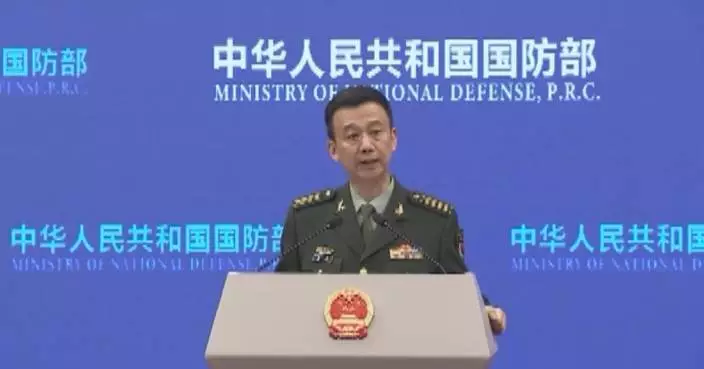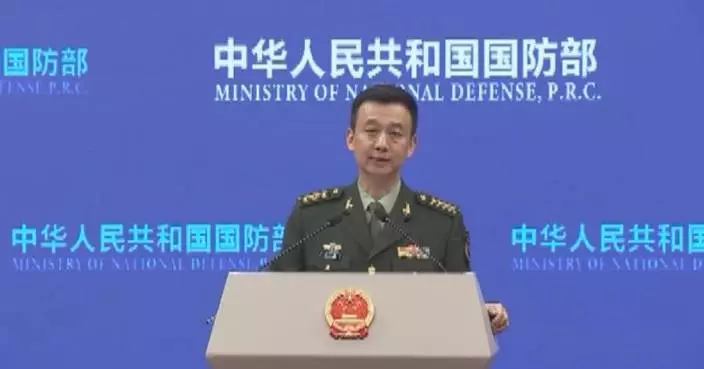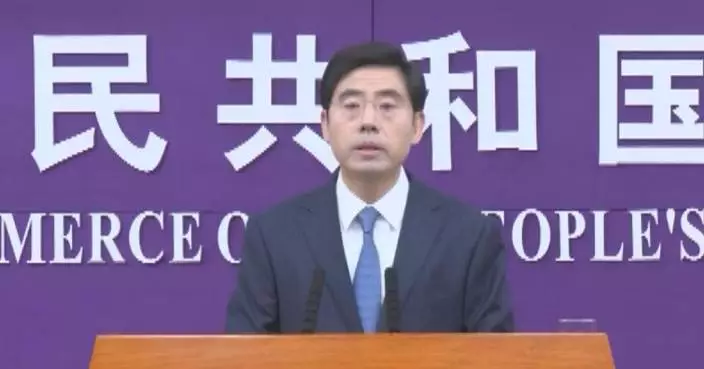The Hualong-1 nuclear power plant at Zhangzhou city, east China's Fujian Province, has been connected to the State Grid, boosting China's green energy transition efforts, according to its operator China National Nuclear Corporation (CNNC) .
The Zhangzhou nuclear power project is the world's largest base for using the Hualong-1 reactor, a domestically developed third-generation reactor design.
Li Feng, general manager of CNNC Zhangzhou Energy, said the successful connection of the base to the state grid is a key step towards the power plant's goal of entry into full-scale commercial operation.
"The No. 1 Unit of Zhangzhou nuclear power plant has been connected to the national power grid, starting to send electrical power to the grid. Subsequently, we will carry out a series of tests as planned to further verify the performance of the unit, so make sure it meets the conditions for commercial operation," Li said.
According to plan, the Zhangzhou nuclear power plant will eventually comprise six million-kilowatt-grade nuclear power units. Currently, four are under construction.
"The No. 2 Unit is currently in the dubugging stage and will be connected to the national power grid for power generation next year. Units No. 3 and 4, planned for the second phase of the project, have seen their construction started so far in 2024. We will further improve their economic efficiency while ensuring safety and quality. The Zhangzhou nuclear power plant is located in the power load center of southern Fujian. After the construction of the entire power plant is completed, it will further optimize the energy structure of Fujian Province. With the commissioning of the Fujian-Guangdong power interconnection project, we are also able to supply electrical power to neighboring Guangdong Province," Li said.
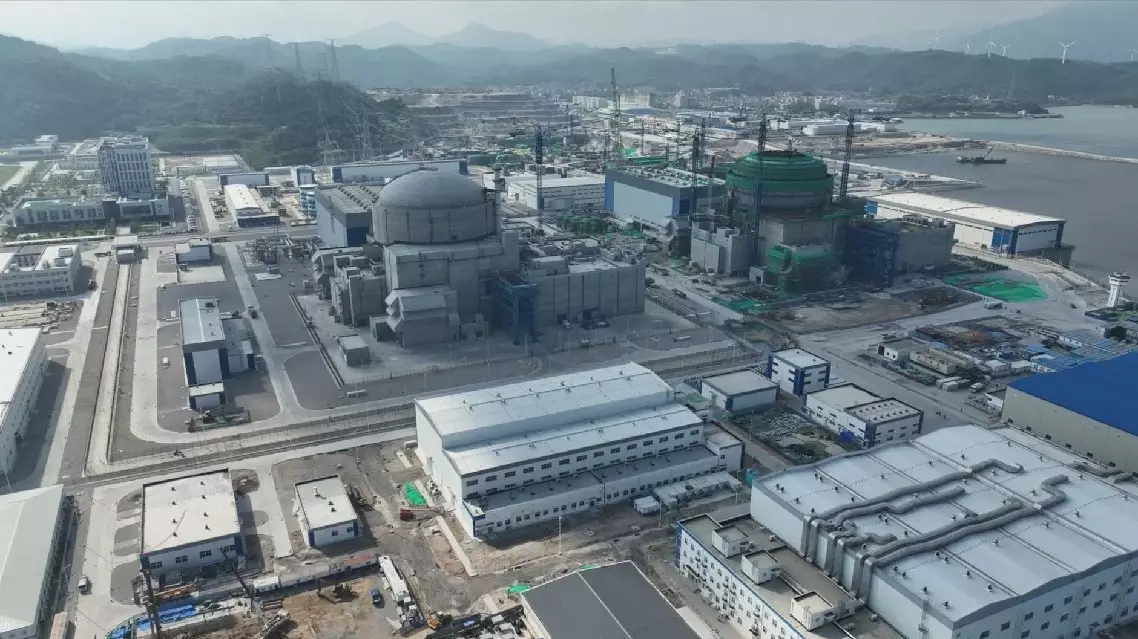
World's largest Hualong-1 reactor base completed, linked to State Grid
The Chinese government issued an action plan on Wednesday to reduce logistics costs and boost economic efficiency, with the goal of lowering the ratio of social logistics costs to GDP to around 13.5 percent by 2027.
By 2027, the country expects to further optimize the structure of goods transport, and strengthen the national logistics hub system and modern logistics service network, said the plan issued by the general offices of the Communist Party of China Central Committee and the State Council.
China will further optimize its national cargo transport system, with the goal of raising the share of railway freight volume and railway freight turnover to about 11 percent and 23 percent, respectively, by 2027. Port container transport via rail and water is also expected to maintain strong growth.
"The ratio of total social logistics costs to GDP reflects both the cost efficiency of the logistics sector and the organizational quality of the industrial and supply chains. In 2023, this ratio in China was 14.4 percent. Based on China's 2023 GDP, a 0.9 percentage point decrease from 14.4 percent to 13.5 percent would cut total logistics costs by over one trillion yuan (about 138 billion U.S. dollars), generating significant corporate profits," said Lu Chengyun, deputy director of the logistics department at the Integrated Transport Research Institute of the National Development and Reform Commission.
To effectively improve logistics efficiency and cut costs, many logistics hub cities across China are introducing new initiatives, focusing on areas such as improving multimodal transport systems, establishing direct freight train services, and ensuring the open sharing and connectivity of logistics data across different platforms.
Huai'an City in east China's Jiangsu Province is home to the province's largest inland river port. This year, Huai'an Port partnered with leading global shipping companies to link domestic inland river routes with international ocean shipping lines, creating a more efficient and convenient logistics channel for import and export businesses.
"In the past, goods from inland areas were usually transported by road first and then shipped by sea. Now, the process begins with inland river transport, followed seamlessly by sea transport, which reduces the time and procedures for goods transport, cutting the average logistics cost per container by nearly 50 percent. Besides, integration and facilitation measures for customs clearance, such as direct cargo pick-up at the ship, immediate loading upon arrival at ports, and the same vessel for both domestic and international shipments, have all contributed to reducing transport time," said Yang Shan, a foreign trade staff member from a Huai'an-based shipping company.
Starting in 2024, the Hunan-Guangdong-Africa rail-sea intermodal train service, featuring shorter transport time, more stable operations, and lower costs, has begun operating on a weekly schedule. Freight trains carrying products such as new energy vehicles and machinery parts depart from Zhuzhou City in central China's Hunan Province, heading directly to Nansha Port in Guangdong Province in the south where the goods are prepared for export to Africa.
"Previously, our Hunan-Guangdong-Africa rail-sea intermodal train service didn't have a direct route. Now, with the new service, the transport time from Zhuzhou to Guangzhou has been cut from 72 hours to just 20 hours. We are also continuously optimizing rail freight costs, and through resource integration, we have reduced logistics costs by about 2,500 yuan (about 345 U.S. dollars) per container," said Zhang Jian, chairman of a Zhuzhou-based logistics company.
In Zibo City of east China's Shandong Province, real-time logistics data of bulk commodities is monitored and analyzed on trading platforms. Such platforms can monitor the status of cargo trucks throughout the entire process, from loading and transport to unloading, enabling more efficient logistics planning and cost savings.
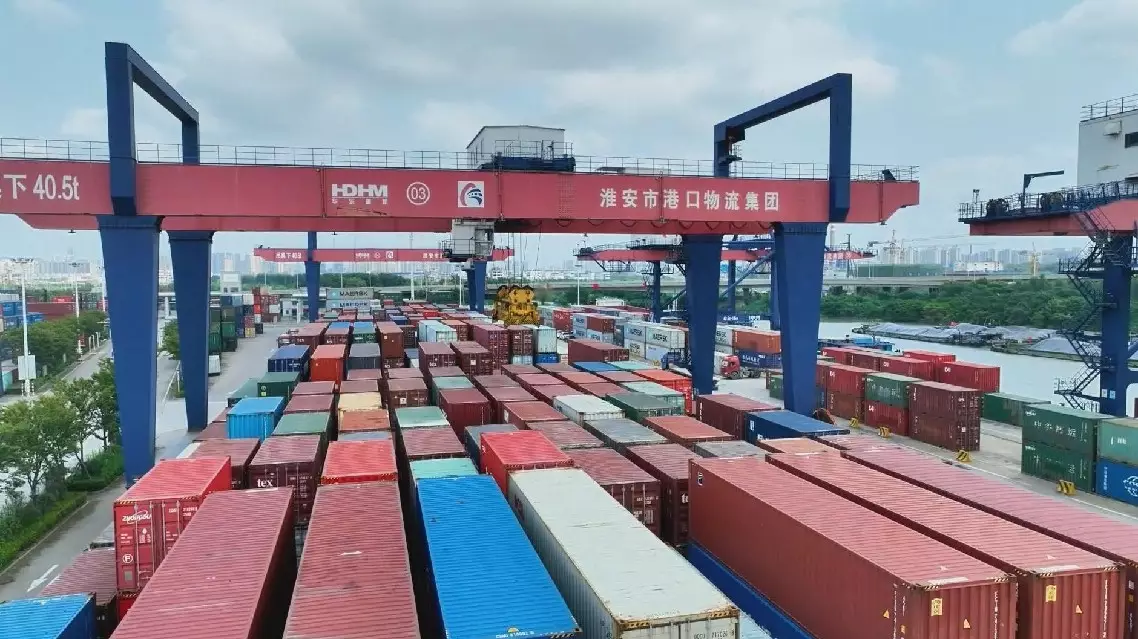
China issues action plan to cut national logistics costs





